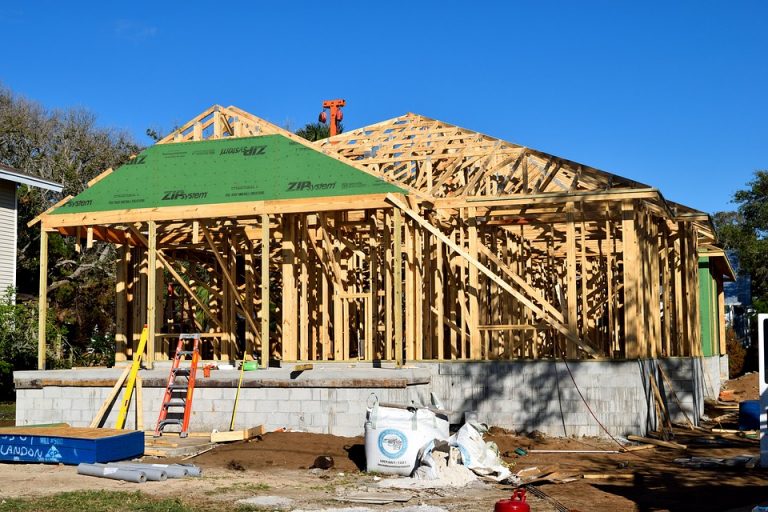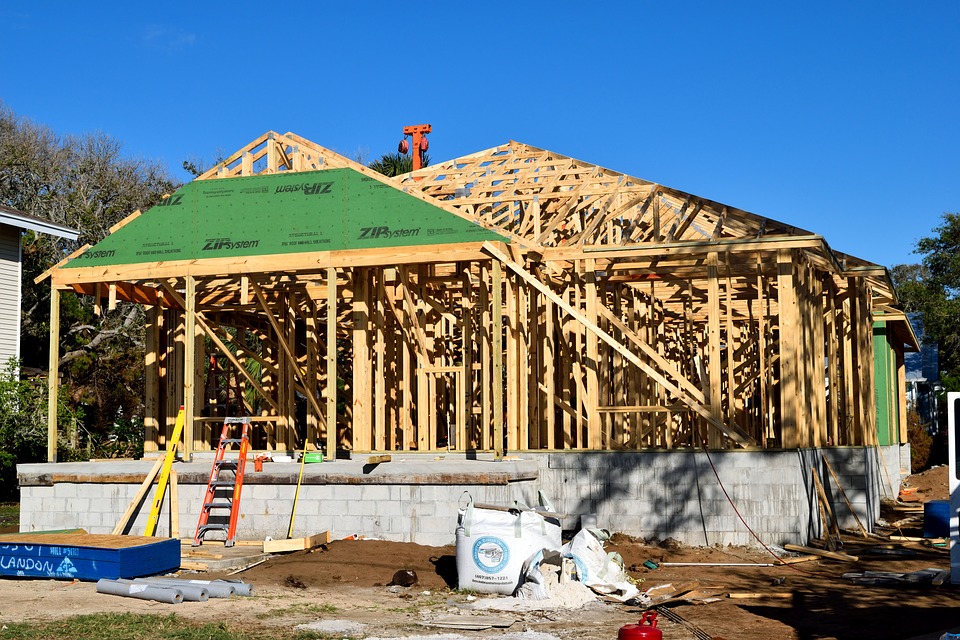
If you have the budget, the desire to own your dream home, and the willingness to put in the extra work, then you may have thought about building your own home as opposed to buying one. A new build can take a lot longer than buying a home, and it can involve a lot more people if you want to ensure that it’s done right. So, we’re going to look at some of the most important steps that are going to factor into that grand plan of yours.
A place to call your own
First of all, you need to buy your land. There are a lot of ways to do it, whether you have the cash ready or you apply for a specific land loan at the bank, or you take a financing agreement from the previous owner of the land. It’s worth noting that the land is only part of the budget and if you’re not using a land loan, there are still construction loans available to help with the costs further down the land. If you’re going direct to sellers, it’s a good idea to have your house plans, building permit, and a realtor at the ready as they may not be willing to wait around for you while there are other buyers vying for the same plot.
When a plan comes together
House building is highly regulated, as you might expect, and the process of dealing with the council during development, especially when it comes to building permits, can be notoriously tricky. There will likely be resources from your local government about how to get approval, but if you already have an architect or a builder in mind or willing to work with you, they might have some tips to help you get through the planning permission process. You need to have a development application at the ready, including site plans, architectural plans, and some other statements and reports to receive permission. It can take time and it can cost money, so find out the costs of a successful application first and figure it into your budget.
Setting the groundwork
Once you have your permit and your team ready (assuming that you’re hiring builders and not building it yourself), a lot of work will have to go into preparing the site for the home. Beyond your builders, you might need a structural engineer to help ensure that the foundation of the home is safe and secure in your chosen location. This can be more complicated than it first seems and often until you start digging and testing the soil, you may not know how much work has to be done with the site.
Other services you might need
Not all homes are built equally and not all sites are prepared for building, equally. You have quite a range of ways to get you from the planning stage to the fully built stage. For instance, if you have a very specific budget, then you might want to consider builders that offer turn-key pricing, setting fixed rates for guaranteed results. Then you need to consider if any extra work needs to be done surrounding the site, such as removing dead trees if you have the proper permission. Your architect, builder, and structural engineer may highlight extra services you might need down the line, so keep some wiggle room in the budget.
Building begins
When building begins, you’re likely going to hand off most of the hard work to the builder you’ve entrusted with the job. In many cases, owner-builders can opt to handle it themselves but if that is the case, then it’s a good idea to have an experienced builder to supervise, providing you with the expertise but at a much-reduced cost. You will have a lot more responsibility and decisions to make such as choosing building materials, subcontractors if necessary, and so on. Before building starts, make sure you have an accurate estimated cost breakdown of all the work involved, whether you’re using a team of builders or doing it yourself. This includes the foundation, lumber, materials, plumbing, heating, electrical, painting, and so on. If you are using a team of builders, don’t offer a lump sum payment but rather a structured pay agreement based on the progress made towards the final result.
The utilitarian approach
Regardless of whether you’re building the home yourself or relying on a team of builders, you’re going to likely have to rely on a different set of expertise when it comes to the utility. No-one who isn’t a licensed, qualified plumber should do the plumbing. No-one who isn’t a licensed, qualified electrician should install the electrics. This is something that even the most hands-on of owner-builders shouldn’t try to do on their own. The process of installing utilities usually works alongside the build once the initial shell is complete, so it’s not something you want to wait until later to add. It’s a lot easier if it’s planned as part of the building process.
Digging around
Once the house is complete, don’t forget that you still have the exterior to be concerned with. You might opt to leave it until later, but that might result in you living in a new home that feels incomplete, with much of the outdoors still looking somewhat like a freshly excavated site. Consider having landscaping services at the ready to pick up as soon as building ends, giving your home the curb appeal to provide just the right finishing touch. After this, a building-code official will take a last look at the property and give you a certificate of occupancy if there aren’t any changes needed.
It is far from impossible to get a home built for you, and many take the notion of “build your own home” literally within the maker community. Hopefully, the points above illustrate some of the questions you’re going to have to ask yourself and the real work that goes into building a home. It’s a lot better to go into such a big task as prepared as possible.
